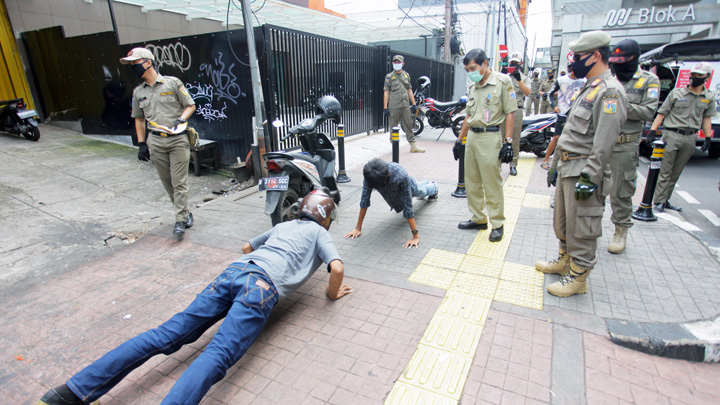Easing Restriction Before Recovery
Tuesday, May 5, 2020
arsip tempo : 171402628667.

SEVENTEEN days after the Capital started implementing large-scale social restrictions (PSBB) on April 10, the Covid-19 rapid response task force claims that the effort is showing results. Covid-19 Task Force Chief Doni Monardo said the growth of new coronavirus cases in Jakarta is slowing down. “The curve is now flattening,” said Doni.
Doni, who also heads the National Disaster Mitigation Agency, said the government will continue to
...
Subscribe to continue reading.
We craft news with stories.
 For the benefits of subscribing to Digital Tempo, See More
For the benefits of subscribing to Digital Tempo, See More








